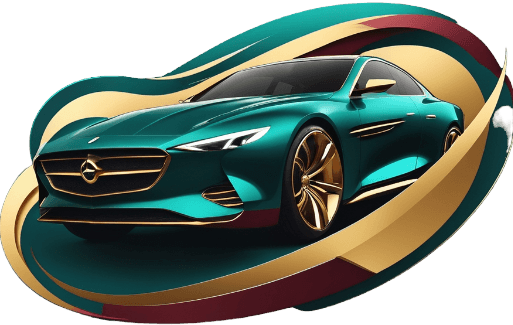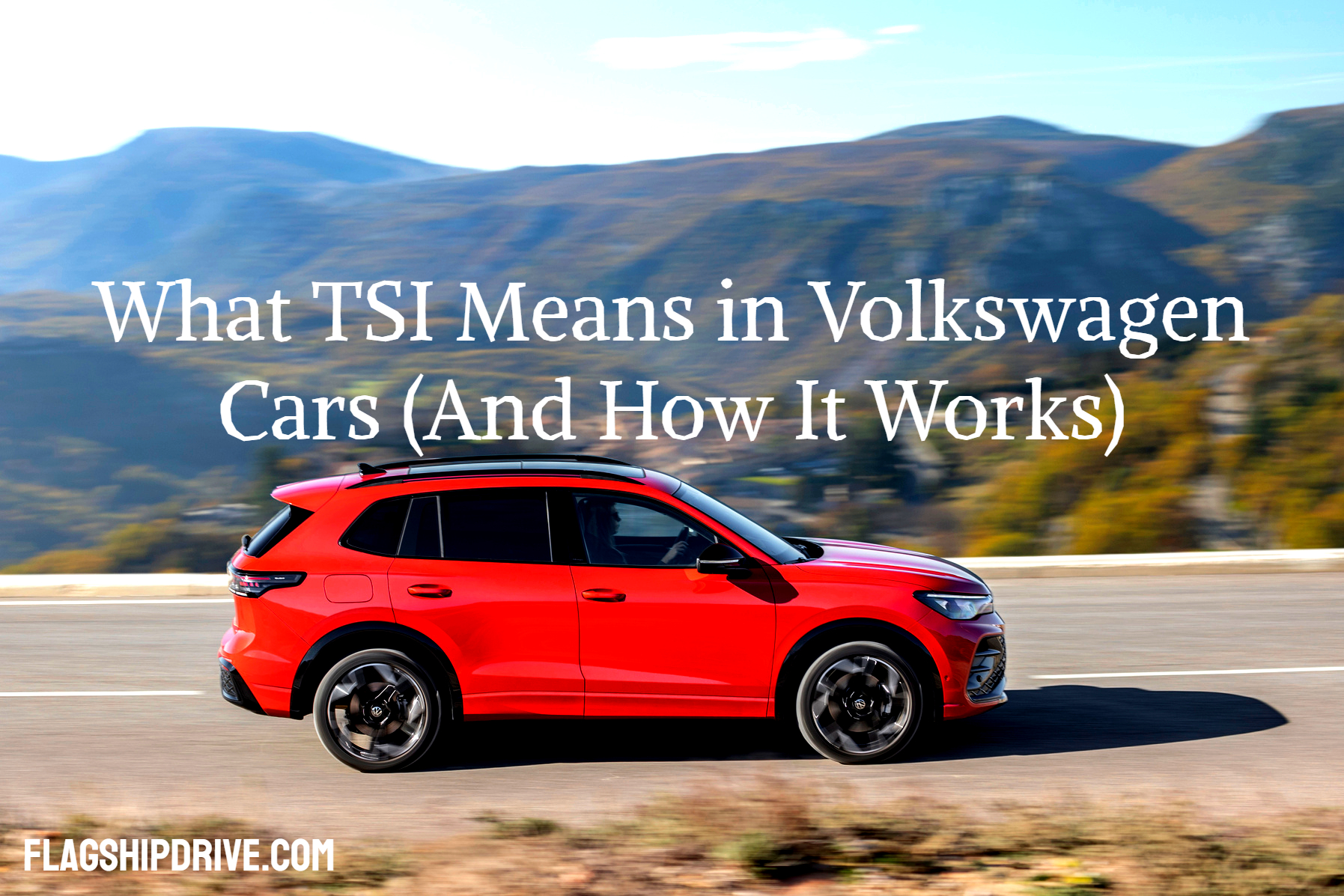If you’ve been shopping for a Volkswagen car, perhaps drawn by the legacy of its most successful models, chances are you’ve seen the TSI badge on several models. But what exactly does it mean? TSI stands for Turbocharged Stratified Injection. This is a technology Volkswagen developed to make engines more powerful and efficient.
TSI engines are based on Volkswagen’s TFSI (Turbocharged Fuel Stratified Injection) technology, with several upgrades to improve reliability and everyday drivability. These improvements mainly optimize combustion and enhance the engine’s responsiveness across different driving conditions. The result is a lightweight, turbocharged engine that delivers strong performance while maintaining good fuel efficiency ratings.
You’ll find TSI gas-powered engines across the Volkswagen lineup, from the Golf, Tiguan, and Passat. It’s also available on VW’s sister brands, such as the Skoda Fabia and the SEAT Leon. But what makes the TSI engines special, and why has Volkswagen made them a key part of its lineup?
How TSI Engines Work
TSI engines use turbocharging and direct fuel injection to deliver more power while consuming less fuel. Unlike traditional naturally aspirated engines, which rely solely on atmospheric pressure to draw in air, TSI engines force more air into the combustion chamber using a turbocharger. The increased airflow allows for better fuel combustion. Volkswagen refines the setup by integrating a supercharger in some TSI models. This leads to a smooth power delivery across the rev range and eliminates turbo lag.
One key advantage of TSI engines is their ability to deliver high torque from lower revs. In some models, a supercharger kicks in at lower engine speeds, while the turbocharger takes over at higher speeds for sustained power. This dual-charging setup gives smooth acceleration and better responsiveness. It also allows smaller engines to perform like larger ones without the extra weight. Besides the fuel-saving benefits, TSI engines also deliver lower emissions, a key reason why Volkswagen has made this its go-to engine technology.
ALSO, CHECK OUT: A Detailed Look At The 2025 Volkswagen Tayron; America’s Tiguan
Other Volkswagen Engine Technologies
Volkswagen’s move to the TSI engine was a big step from its older engine types, like TDI and MPI. TDI stands for Turbocharged Direct Injection, and it’s Volkswagen’s diesel engine. It’s great for fuel economy, especially if you do a lot of highway driving. But diesel cars usually cost more, and diesel is more expensive than gasoline (gas) per gallon. TSI, on the other hand, is a gas engine that delivers more power while still being efficient. This makes it a better choice for city driving or anyone who doesn’t rack up tons of miles each year.
Compared to MPI engines, TSI is a whole different league. MPI (Multi-Point Injection) engines don’t have turbochargers. They’re naturally aspirated engines that rely on injecting fuel into the intake manifold instead of directly into the combustion chamber. That means they’re generally less efficient and don’t offer the same punch in terms of power. Volkswagen has gradually moved away from MPI in favor of TSI for most of its cars. However, you might still find MPI in some budget-friendly models.
ALSO, CHECK OUT: 2025 Volkswagen Jetta GLI: Features, Specs, and Release Date
Common Variants
Volkswagen’s TSI engine lineup comes in a variety of sizes. The smallest of the bunch is the 1.0-liter three-cylinder TSI, which is found in compact cars like the Volkswagen Polo, T-Cross, Skoda Fabia, and the SEAT Arona. Despite its small size, this engine punches above its weight and offers solid fuel efficiency. For instance, the Volkswagen Polo 1.0-liter TSI engine has a maximum power of 113.4 hp (115 PS), with assistance from a 48-volt mild hybrid system. Another mild-hybrid setup, featuring a 1.5-liter four-cylinder TSI, is available in models like the Skoda Superb.
Sportier models, such as the Volkswagen Golf GTI, received a turbocharged four-cylinder engine in 2022, following its debut in the Tiguan four years prior. This powertrain is known for its strong acceleration and good torque delivery. Volkswagen also offers a plug-in hybrid setup with a 1.4-liter TSI engine in the new Golf GTE models. At the top of the range, there’s the 3.0-liter V6 TSI, found in the Volkswagen Touareg.
As mentioned, TSI engines generally deliver great efficiency. However, results vary depending on the size and model year. The 2025 Volkswagen Polo 1.0 TSI 93bhp turbo, for example, can hit up to 54.3 MPG, making it one of the most economical options.





Leave a Reply